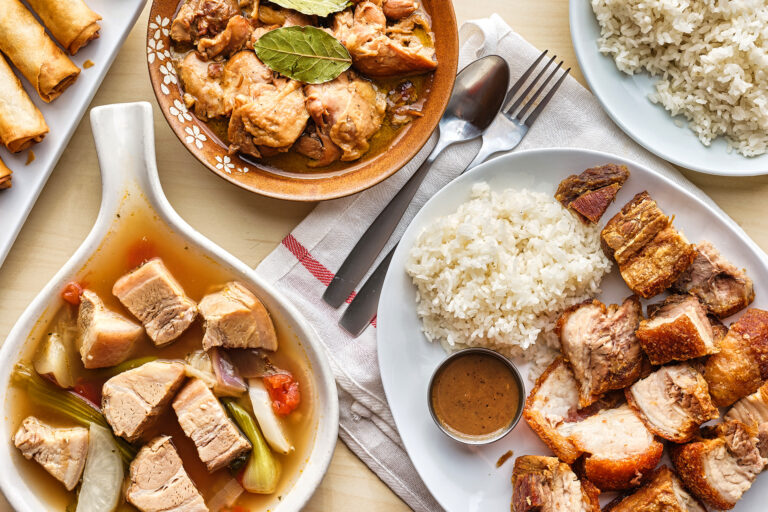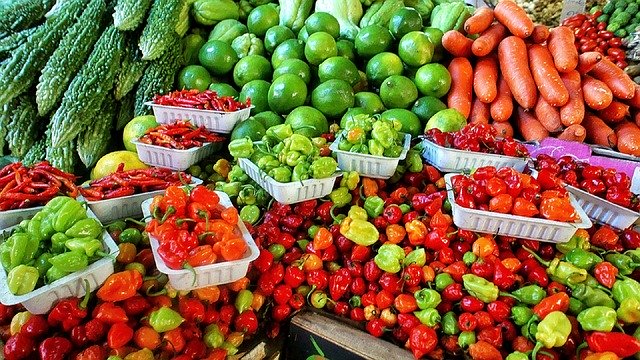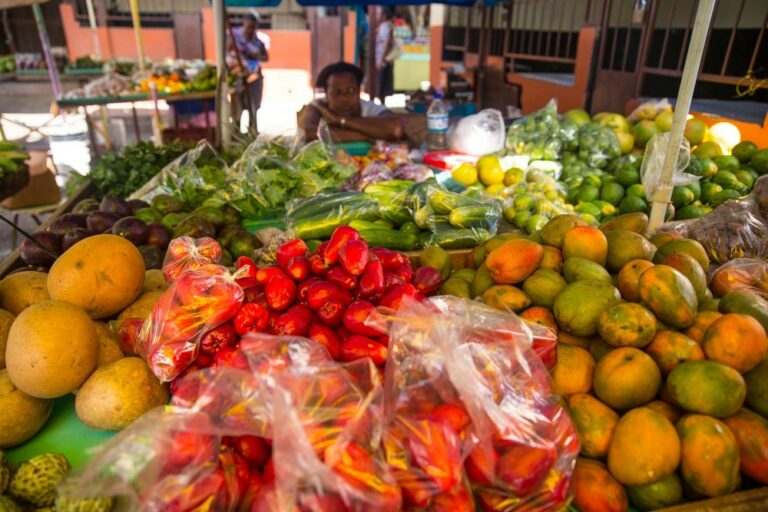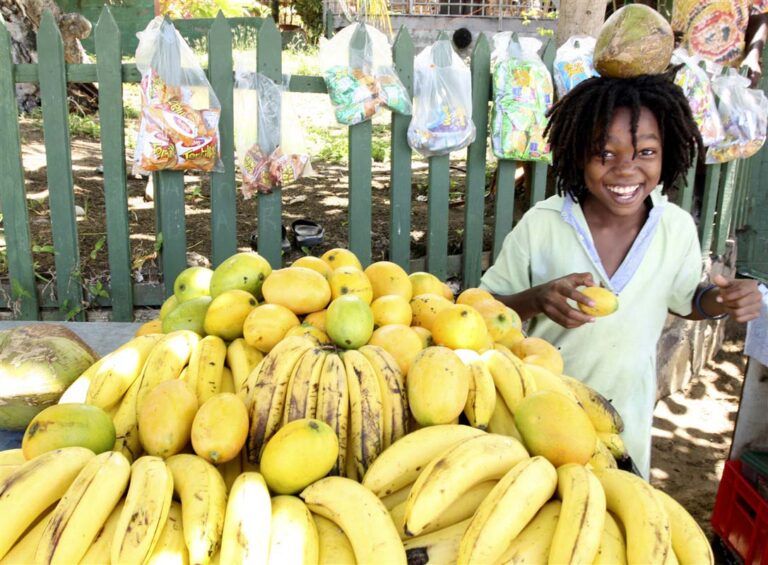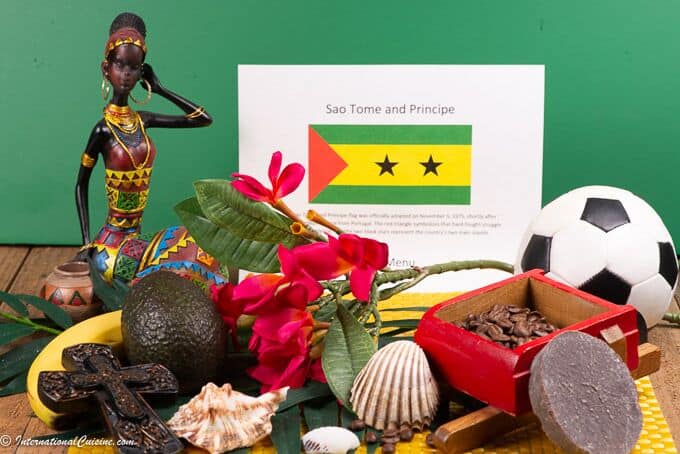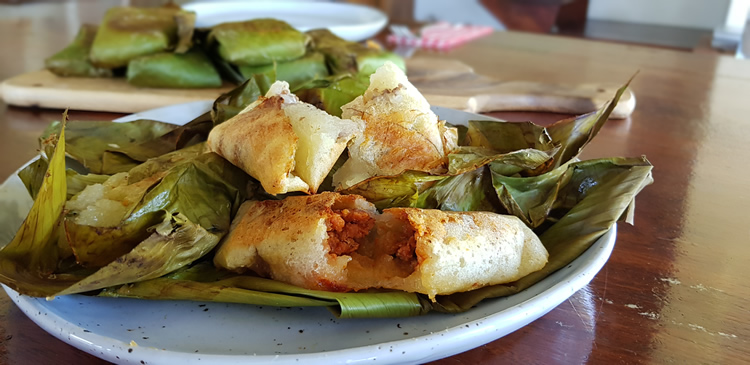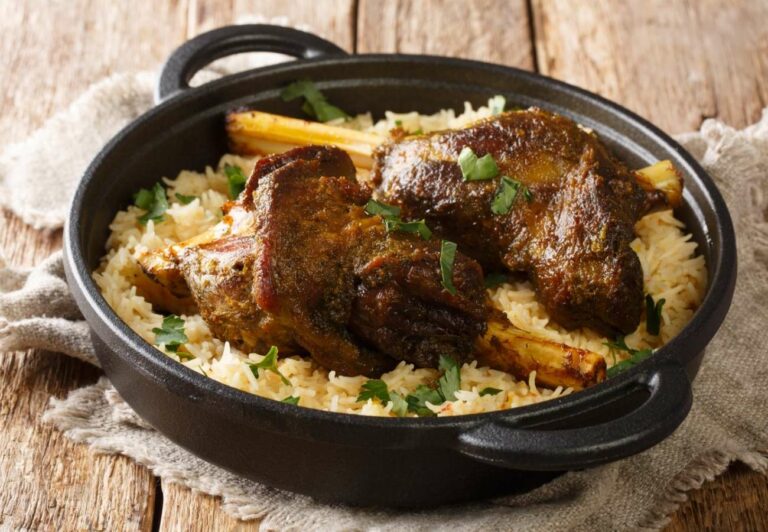Introduction: Exploring Monaco’s Agricultural Scene
Nestled on the Mediterranean coast, Monaco is renowned for its luxurious lifestyle, high-end fashion, and world-class casinos. However, beyond the glitz and glamour, this tiny principality also boasts of a unique agricultural scene that is often overlooked. Despite its small size and urbanization, Monaco has a rich agricultural history, and its Mediterranean climate and fertile soil are ideal for cultivating a variety of fruits and vegetables.
A Brief Overview of Monaco’s Climate and Soil
Monaco’s climate is classified as a Mediterranean climate, characterized by hot, dry summers and mild winters. The average temperature during the summer months is around 25°C (77°F), while the winter average is around 12°C (53°F). The soil in Monaco is primarily composed of limestone, which is rich in minerals and nutrients, making it highly fertile.
Monaco’s Traditional Crops: Olives and Citrus Fruits
Olive trees have been cultivated in Monaco for centuries, and the principality has a long-standing tradition of producing high-quality olive oil. The olive trees thrive in the Mediterranean climate and grow well in the rocky, limestone soil. Monaco’s citrus fruits, such as lemons, oranges, and tangerines, are also highly sought after for their unique flavor and aroma.
Uncommon Fruits: The Fig Trees of Monaco
Monaco’s fig trees are a rare sight, but they are highly prized for their sweet, succulent fruit. The figs are harvested in the late summer months and are used in a variety of dishes, from salads to desserts. The fig trees grow well in Monaco’s warm, sunny climate and require little maintenance, making them a popular choice for home gardeners.
The Exotic Flavors of Monaco’s Vegetable Gardens
Monaco’s vegetable gardens are home to a variety of exotic vegetables that are not commonly found in other parts of the world. Some of the unique vegetables grown in Monaco include artichokes, fennel, and zucchini flowers. These vegetables are highly sought after for their distinctive flavor and are often used in local dishes.
Conclusion: Monaco’s Agricultural Diversity
Despite its small size and urbanization, Monaco has a rich agricultural scene that is often overlooked. From traditional crops like olives and citrus fruits to unique fruits and vegetables, Monaco’s agricultural diversity is a testament to the country’s commitment to sustainability, innovation, and quality. The principality’s fertile soil and Mediterranean climate provide an ideal environment for cultivating a variety of crops, making Monaco a must-visit destination for food lovers and agriculture enthusiasts alike.


